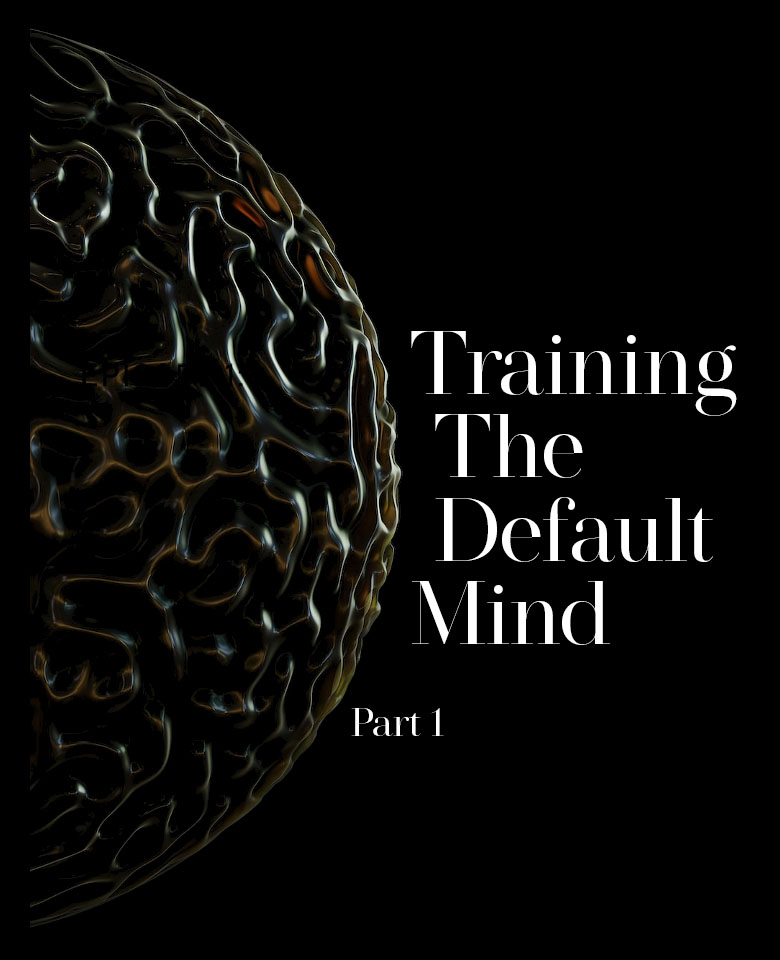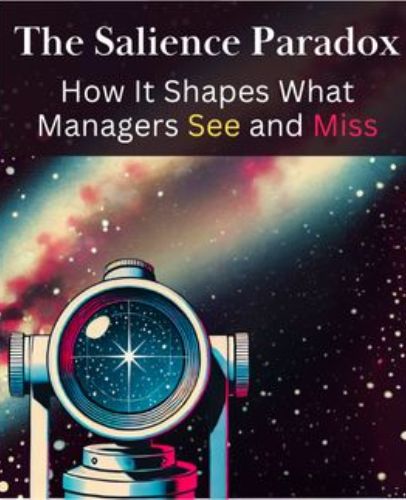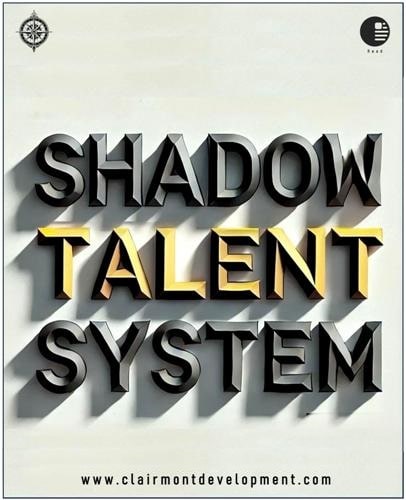Training The Default Mindset
Why do we do the things that we do… even when we “know” we should do something differently. It is as someone else is making the decisions for us.
This is evident in much of the professional development programs we experience. We, as participants, receive new information and get really excited about changing some of our activities.
We can even picture how our lives will be different once we put this new information into practice. This could be implementing a new sales process where the new CRM tool is doing all the hard work for us. It could be adopting a new management technique that makes your team into a harmonious group of superstars.
Or even a productivity system that helps you check off your to-dos in an efficient manner. We leave the training pumped and ready to go… Next thing you know, it has been a week and we are back to our normal operating procedures!
We try to justify it by saying “well, as long as I picked up a few nuggets from the training all is not lost”. However, is that the goal? Can we do better?
In part 1 and part 2 of Training Default Mindset, we will be discussing how and what operates and influences our actions, without our permission, even if those actions do not necessarily match up to our newly gained knowledge from the most recent training programs and how to change it?
Over the next few insights, we will be discussing how and what operates and influences our actions, without our permission, even if those actions do not necessarily match up to our newly gained knowledge from the most recent training programs and how to change it?
The main challenge is that our brain’s unconscious side, which is often referred to as the “default mind”, is to make sure we are comforted. Therefore, when anything is discomforting it will fight us. Our brain is trying its best to be as efficient as possible.
That is why when we are not directly thinking about it, we will do what we have always done because it is the easiest and most efficient thing to do.
This is what happens in the examples above when we want to implement the training we just received but often revert to old (and comfortable) practices.
Before we look at specific practices to help us retain and implement the information received during training, it is important to have a quick primer on how our conscious and subconscious brain operate and process information.
In the simplest of terms, we have two sides to our brains.
They work together in a great many areas but there are times that they act independently. What may be surprising is how the work of decision-making is distributed between the two sides.
Most of us would like to believe that we are aware of all of our decisions that are being made. However, based on studies, most of the work is done by the subconscious.
The research shows that over 95 percent of the time we rely on our subconscious brain to do the work.
So first, let us have a quick overview of how the two sides operate.
Let’s start with the subconscious. How powerful is the subconscious mind? It can do hundreds of things at the same time. It is amoral and does not care what your hopes, dreams, desires, or how much you want it.
It can only act in a manner that is consistent with how it views itself. It interprets all the information that comes into your brain through your senses and then decides what is the most efficient and consistent way to respond which is consistent with its beliefs.
Subconscious mind process is as follows:
- Stimuli comes to the brain through all 5 senses
- It interprets the stimuli based on its worldview or beliefs
- It releases chemicals to prepare for the response
- It selects the response based on the most efficient way possible
- This leads to the result
Therefore, if you want a different result you need to have a different action. To do a different action, you must have a different emotional response. To have a different emotional response you need to have a different interpretation.
To have a different interpretation you need to have a different belief. This process controls 96% – 99% of your actions. That is why professional development programs need to engage this side of the brain to create a more meaningful and impactful training.
Now, we will look at the conscious side of our brain. This is where you have your reason, logic, the ability to do an assessment, your hopes, dreams, your imagination. This side can only do one thing at a time.
This side requires a great deal of energy to do anything. That is why you only use it sparingly.
Conscious mind process is as follows:
- It starts with a thought
- It releases chemicals in preparation of the action to be taken (emotions)
- Through your willpower you decide to do an action
- You get a result
Therefore, if you want a different result you need to have a different action. If you want a different action, you need to have a different emotion.
If you want a different emotion, you need a different thought. This leads some to say all you need to do is think differently and you can change how you act. They are correct, but for only 1-4% of the time.
Elephant and rider metaphor
Psychologist Jonathan Haidt came up with a metaphor to help explain how the brain works.
The metaphor goes like this. Think of our minds divided into two parts. One part is the Rider, the part that uses reason and logic to make decisions.
However, we, the Riders, are placed on an Elephant, the emotional side of our brain, and asked to control his behavior and direction. The bottom line is that unless we have been taught how to train the Elephant, we will not go where we want!
The Elephant is too powerful and no amount of pulling of the reins will direct it in the desired direction.
To put it in the context of professional development, it is easy to see how difficult it is to change a behavior even when the knowledge is available.
What we see in a lot of L&D training is focused material on the Rider. They often include headlines such as 5 steps to become a X, or 7 strategies to change Y. It sounds great and leaving the training we are comforted as we have our “marching orders”.
However, they tend to miss addressing the Elephant which serves as the engine to make progress. It is not enough to tell the what and not bring up the how. When it covers both, then you have a better opportunity to start seeing the desired change in behavior.
In the next few papers, we will build on the Elephant and Rider metaphor and look at ways to engage the rider part of our brain and how to train the elephant in the context of professional development.
This concept is something that Claimont Advisors consider while developing and engaging in our training services in Dubai, KSA and other GCC countries.
As a firm, focusing on delivery of workshops and consultancy, our goal is to develop impactful training, therefore it is very important to “train the default mindset”.







Great ideas. Thanks for sharing with us
I wish I was in UAE and joined your workshop.